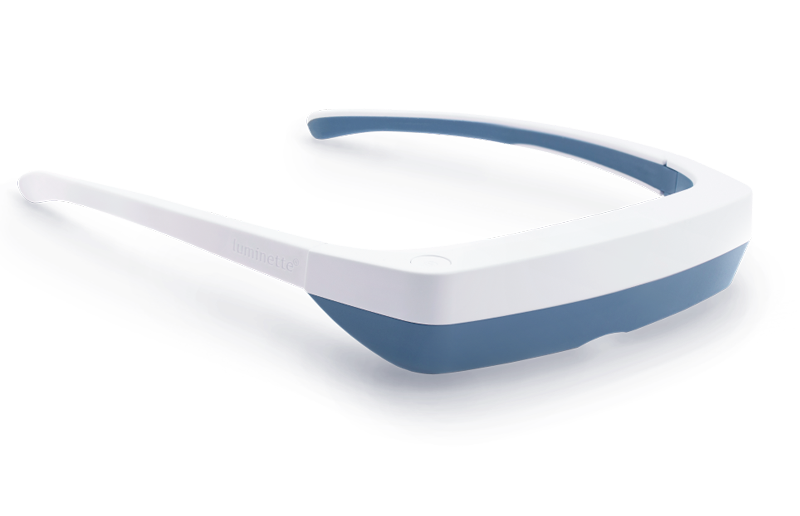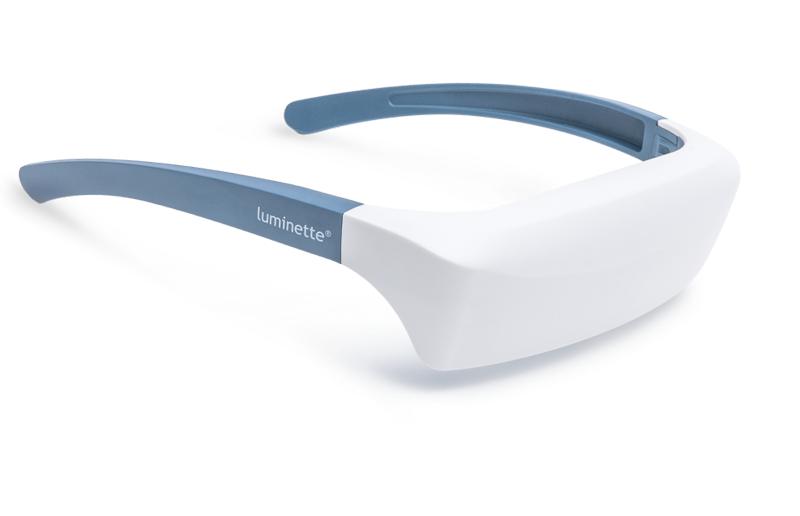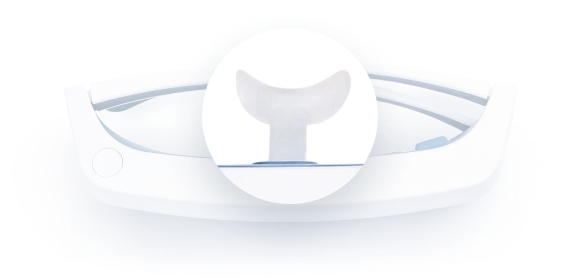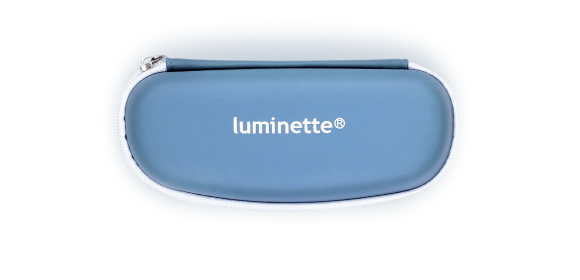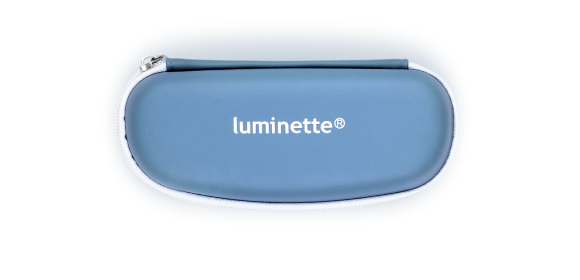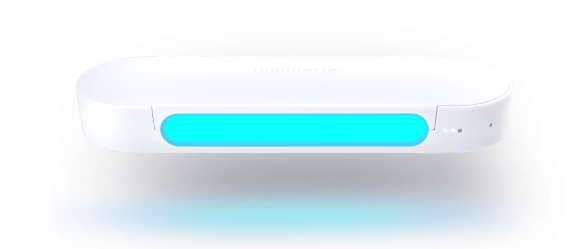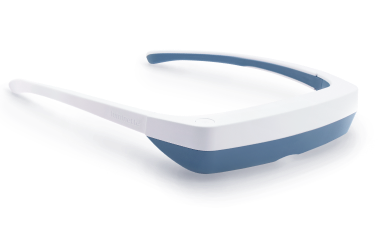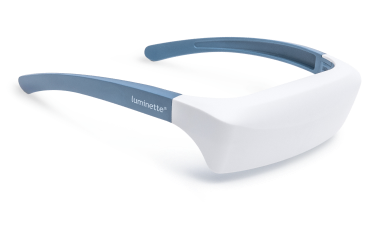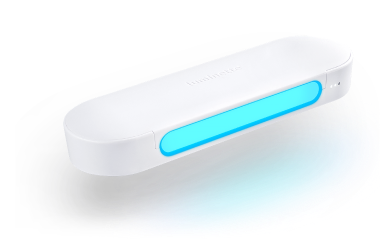Многие люди испытывают сезонную бессонницу, когда им трудно заснуть, особенно в зимние месяцы. Недостаток сна может оставить вас вялым, рассеянным и истощенным.
Но почему это происходит и, что важнее, что вы можете с этим сделать?
Воздействие света и регуляция мелатонина — ключ к борьбе с сезонной бессонницей. Цикл сна и бодрствования вашего тела зависит от естественного света, но короткие световые дни зимой могут нарушить этот процесс. Даже сезонные аллергии, изменения температуры и смена распорядка могут не давать вам уснуть ночью.
Понимание этих факторов позволяет вам вернуть лучшее качество сна, даже когда меняются сезоны.
В этой статье мы объясним, почему сезонные изменения влияют на сон, и обсудим роль воздействия света и выработки мелатонина. Мы также рассмотрим простые, научно обоснованные стратегии, которые вы можете применить для улучшения качества сна.
Что такое сезонная бессонница?
Сезонная бессонница — это проблема со сном, при которой ваш цикл сна и бодрствования нарушается сменой сезонов. Вы можете испытывать зимнюю бессонницу, из-за которой трудно просыпаться в темные зимние утра, или летнюю бессонницу, из-за которой вы ворочаетесь в жаркие летние ночи.
Сезонные нарушения сна тесно связаны с вашим воздействием дневного света в обоих случаях. Короткие дни и меньшее утреннее освещение зимой могут нарушить выработку мелатонина, затрудняя бодрствование днем и сон ночью.
С другой стороны, длинные летние вечера и большее воздействие синего света могут замедлить засыпание, и вам может быть трудно уснуть.
Могут ли сезонные аллергии вызывать бессонницу? Конечно! Эти аллергии могут привести к заложенности, чиханию и затрудненному дыханию, что влияет на качество вашего сна.
Хорошая новость в том, что независимо от сезона существуют способы сбросить ваш цикл сна и улучшить качество сна.

Причины сезонной бессонницы
Ограниченный доступ к естественному свету
Сниженное воздействие естественного солнечного света — одна из главных причин, по которой вы можете страдать от сезонной бессонницы.
Когда вы получаете достаточное количество солнечного света, ваше тело синхронизировано с внутренними часами, и вы можете поддерживать регулярный цикл сна.
По мере того как световой день становится короче зимой, ваш мозг не получает достаточно сигналов, чтобы поддерживать бодрствование в течение дня. Тот факт, что ваше тело может не вырабатывать достаточно мелатонина (гормона сна) к вечеру, может привести к бессонным ночам.
Исследования показали, что утреннее воздействие света необходимо для балансировки уровней энергии и улучшения эффективности сна. Без него ваше тело не может поддерживать стабильный режим сна, и вы испытываете зимнюю хандру и бессонницу.
Нарушения циркадного ритма
Внутренние часы вашего тела, или циркадный ритм, контролируются воздействием солнечного света. Он выходит из равновесия, когда время восхода и заката меняется в зависимости от сезона.
Поздние восходы солнца влияют на ваш утренний распорядок зимой, а ранние закаты заставляют думать, что ещё слишком рано ложиться спать. Обратное происходит летом. Продлённые часы дневного света могут также обмануть ваш мозг, заставляя бодрствовать слишком долго и откладывать сон.
Эти нарушения приводят к странным циклам сна и психическим расстройствам, таким как зимняя хандра, из-за которых трудно заснуть, и вы чувствуете себя разбитым в течение дня.
Часто светотерапия сбрасывает циркадный ритм, чтобы тело лучше адаптировалось к сезонным изменениям.
Изменённое производство мелатонина и серотонина
Мелатонин и серотонин — два гормона, критически важных для регуляции сна и настроения. При сезонных изменениях уровень этих ключевых химических медиаторов колеблется. Мелатонин отвечает за засыпание, а серотонин регулирует ваше настроение.
В холодные месяцы, когда дневного света меньше, мелатонин выделяется слишком рано, вызывая сонливость до сна. А к моменту, когда вы готовы лечь, уровень мелатонина падает, и заснуть становится трудно.
Кроме того, уровень серотонина снижается зимой, что приводит к чувству глубокой печали и стрессу, которые также могут нарушать ваш сон.

Холодная погода и проблемы с комфортом
Качество сна тесно связано с температурой в вашей спальне. В холодную погоду вашему телу может быть трудно сохранять тепло ночью, что затрудняет расслабление. С другой стороны, если температура слишком высокая, тело может не охлаждаться должным образом, и вам будет сложно заснуть.
Повышенный стресс и эмоциональные сдвиги
Ваше психическое благополучие может зависеть от сезонных изменений. Долгие зимы с короткими днями и длинными ночами могут усугубить ваши расстройства сна, особенно если у вас есть психические заболевания. Уровень стресса также может сезонно повышаться из-за изменения распорядка или биологических реакций на изменение освещённости.
Как справиться с сезонным бессонницей
Увеличьте воздействие естественного света
Дневной свет — один из самых важных факторов, контролирующих ваш сон. Выходить на улицу в течение дня — одно из лучших средств борьбы с сезонными проблемами сна.
Получайте не менее 30 минут солнечного света утром. Это подаст сигнал вашему мозгу, что пора просыпаться и поддерживать цикл сна.
Если вы живёте в месте с долгими зимами и малым количеством дневного света, устройство для светотерапии, такое как Luminette, может помочь компенсировать недостаток естественного солнечного света. Использование устройства всего 30 минут утром может помочь вам хорошо выспаться.
Соблюдайте постоянство в режиме сна
Поздний сон или позднее бодрствование в сезон перемен могут нарушить ваш режим сна. Вашему организму нужен стабильный сон, чтобы вы могли заснуть вовремя и проснуться отдохнувшим.
Даже в выходные старайтесь ложиться спать и просыпаться в то же время, что и в рабочие дни. Это помогает регулировать цикл сна и стабилизировать выработку мелатонина.
Оптимизируйте свою среду для сна
Изменения температуры и условий в помещении могут сделать вашу среду для сна неудобной. Вот несколько советов для улучшения гигиены сна и оптимизации отдыха:
-
Контролируйте температуру в комнате: Оптимальная температура для сна около 18°C (64°F). Поэтому старайтесь не перегревать комнату зимой. Если слишком холодно, носите носки и используйте дышащее постельное бельё.
-
Сократите воздействие синего света. Экраны телефонов и ноутбуков могут прерывать выработку мелатонина. Приглушите свет и избегайте использования экранов как минимум за час до сна.
-
Блокируйте мешающий свет: Если ранние рассветы или уличные фонари мешают вашему сну, попробуйте плотные шторы или маску для сна.
Как светотерапия может помочь при сезонной бессоннице
Регулирует цикл сна и бодрствования
Устройство для светотерапии, такое как Luminette®, которое излучает специальный свет без инфракрасного и ультрафиолетового излучения, может компенсировать недостаток естественного солнечного света зимой.
Яркая светотерапия сообщает вашему мозгу, что пора бодрствовать, и регулирует выработку мелатонина. В результате вы лучше контролируете свой цикл сна, даже если не можете получить достаточно естественного солнечного света.
Поддерживает выработку мелатонина
Гормон мелатонин, часто называемый «гормоном сна», сигнализирует вашему мозгу о необходимости заснуть. ганглионарные клетки вашего мозга распознают снижение освещённости и передают эту информацию шишковидной железе. Это запускает синтез мелатонина в мозге, и вы начинаете чувствовать сонливость.
Сезонные изменения могут нарушить выработку мелатонина, из-за чего вы чувствуете сонливость слишком рано. Светотерапия позволяет контролировать уровень мелатонина и оставаться бодрым в течение дня, чтобы легко заснуть, когда наступает время сна.
Улучшает настроение и снижает стресс
Серотонин — это химическое вещество, участвующее в регулировании настроения. Недостаток солнечного света может повлиять на производство этого вещества.
Устройство для светотерапии без ультрафиолета может повысить уровень серотонина, улучшить настроение, снизить стресс и облегчить расслабление перед сном.
Включение светотерапии в ваше утреннее расписание поможет вам лучше спать, чувствовать себя более энергичным и улучшить самочувствие даже в самые темные месяцы года.

Преимущества светотерапии
Светотерапия — это естественный, неинвазивный способ поддержать лучший сон, настроение и уровень энергии, особенно в периоды сезонных изменений, когда дневного света мало. Она имитирует естественный солнечный свет и помогает регулировать цикл сна и бодрствования, балансировать выработку мелатонина и преодолевать зимнюю хандру без использования снотворных.
Очки для светотерапии Luminette 3 — это инновационные очки, разработанные для того, чтобы вы могли наслаждаться сеансом светотерапии, занимаясь своими обычными делами. В отличие от традиционных терапевтических ламп, очки Luminette 3 оснащены искусственным источником света, который направляет безопасный световой луч в ваши глаза без ослепляющего эффекта и не мешает четкому зрению.
Чтобы использовать их, просто наденьте очки и нажмите кнопку для активации света — ваша фототерапия начинается. Эти очки удобны в использовании и совместимы с теми, кто носит очки с рецептом или контактные линзы, обеспечивая отсутствие помех для зрения и комфорта.
С удобством Luminette 3 больше не нужно сидеть рядом с неподвижной лампой светотерапии по 30 минут каждый день. Свобода передвижения позволяет вам готовить завтрак, погружаться в увлекательную книгу, смотреть любимые телешоу, работать за компьютером или даже заниматься легкими упражнениями, получая при этом терапевтическое световое воздействие. Будь вы дома или в пути, Luminette 3 предлагает гибкое и эффективное решение для включения светотерапии в вашу повседневную жизнь.
Почему стоит выбрать светотерапию с Luminette?
Инновационный дизайн Luminette гарантирует максимальную пользу без нарушения вашего повседневного распорядка. Мы разработали его для удобства и эффективности. Устройство позволяет наслаждаться преимуществами утреннего светового воздействия, не сидя неподвижно перед лампой.
Вот несколько причин, почему стоит попробовать Luminette:
Инновационный дизайн и комфорт
Luminette — это носимое устройство, которое позволяет вам свободно передвигаться, в отличие от громоздких настольных световых коробок, при этом обеспечивая оптимальное воздействие света. Оно легкое и удобное, и его можно использовать для чтения и работы.
Эффективный спектр света
Устройство Luminette излучает свет с синим оттенком, который очень близок к естественному дневному свету, не включая ультрафиолетовые или инфракрасные лучи. Это помогает лучше контролировать мелатонин и серотонин, способствуя лучшему сну и бодрому пробуждению.
Доказанные результаты и безопасность
Научные исследования и клинические испытания доказали, что Luminette улучшает качество сна, уровень энергии и регуляцию настроения. Его безопасный, неинвазивный дизайн делает его отличной альтернативой медикаментам и естественным решением сезонных проблем со сном.
Как использовать светотерапию для достижения лучших результатов
Лучше всего использовать светотерапию регулярно, чтобы максимизировать её пользу. Вот несколько советов по использованию светотерапии для улучшения цикла сна и бодрствования, выработки мелатонина, а также настроения и уровня энергии, особенно в тёмные месяцы:
-
Используйте светотерапию сразу после пробуждения. Воздействие яркого света в первый час после пробуждения способствует бодрости и стабильному циклу сна.
-
Убедитесь, что вы используете Luminette по 30 минут в каждом сеансе.
-
Используйте её ежедневно, особенно осенью и зимой, чтобы получить долгосрочные преимущества при симптомах сезонного аффективного расстройства.
Вывод: светотерапия может помочь вам лучше спать при смене сезонов
Сезонная бессонница негативно влияет на качество сна, заставляя людей чувствовать усталость и вялость в течение дня. Светотерапия, как естественный метод лечения бессонницы, может облегчить последствия сокращения светового дня для режима сна.
Включение яркой светотерапии в утренний распорядок помогает сбалансировать цикл сна, придаёт больше энергии и повышает бодрость после пробуждения.
Испытайте лучший сон и яркие дни, заказав Luminette сегодня!
Часто задаваемые вопросы
Чем сезонная бессонница отличается от обычной бессонницы?
Сезонная бессонница развивается из-за изменений в естественном освещении при смене сезонов. Однако обычная бессонница возникает из-за повседневных стрессов, а не из-за сезонных изменений света.
Как скоро я могу ожидать улучшений в своём сне?
Вы заметите улучшения сна в течение двух недель после начала использования светотерапии. Ваш ответ на лечение зависит от частоты и времени применения светотерапии, а также от вашего режима сна.
Эффективна ли светотерапия, если я уже получаю некоторое количество естественного солнечного света?
Да, но её эффективность зависит от интенсивности и регулярности воздействия света. Светотерапия может дополнить ваше пребывание на свету и помочь более эффективно регулировать цикл сна, если вы проводите мало времени на улице или живёте в регионе с коротким световым днём.
Может ли светотерапия заменить традиционные снотворные средства?
Светотерапия обеспечивает естественное решение для сна, которое может снизить зависимость от натуральных снотворных при сезонной бессоннице. Это лечение помогает вашему организму нормально вырабатывать мелатонин и восстанавливать внутренний режим сна.
Эффективна ли светотерапия для всех видов бессонницы?
Светотерапия показывает наибольшую эффективность при лечении проблем со сном, связанных с сезонными изменениями и нарушением циркадных ритмов, вызванных недостатком дневного света.
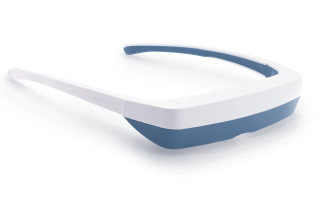
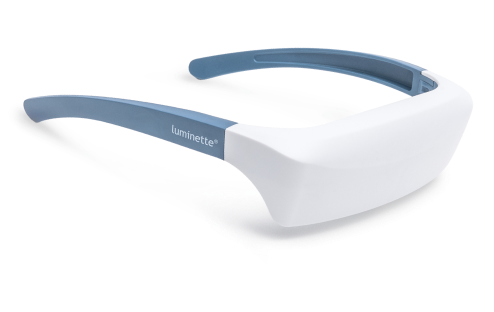
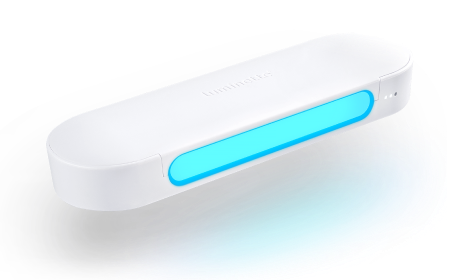
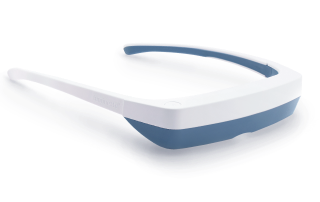
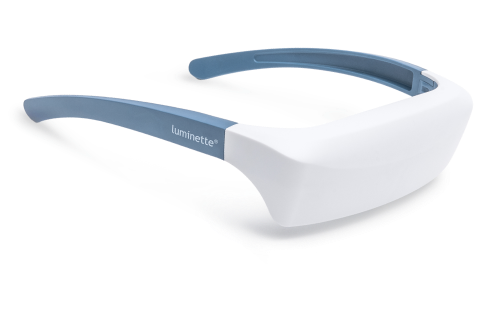
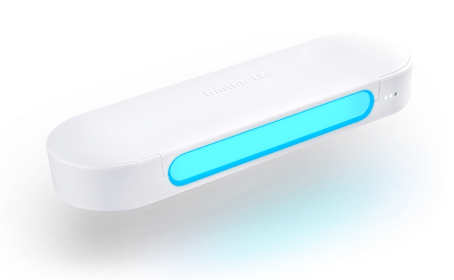
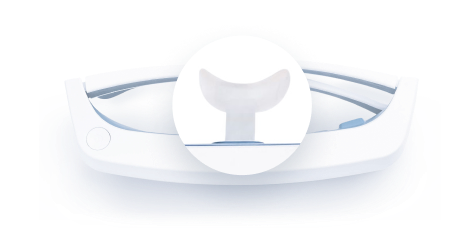
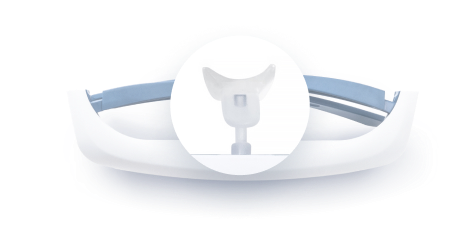
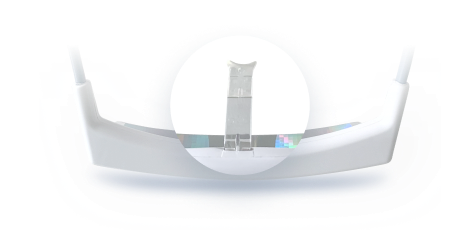
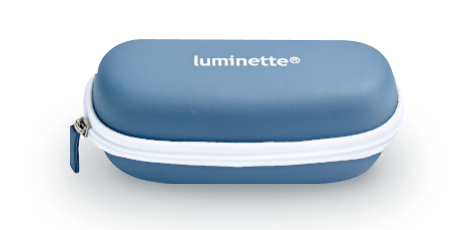
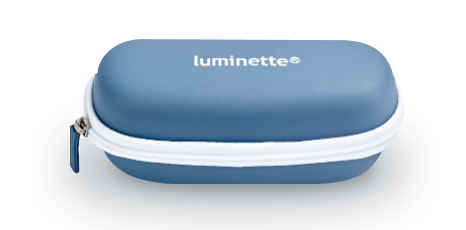





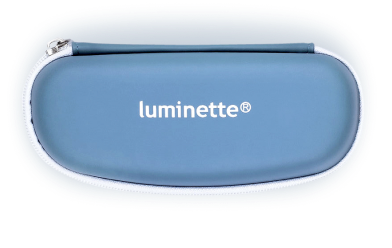
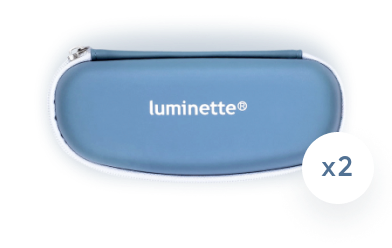
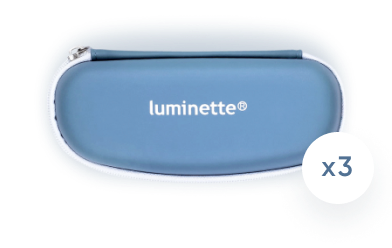
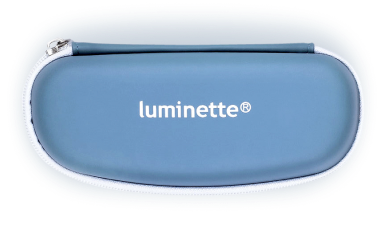
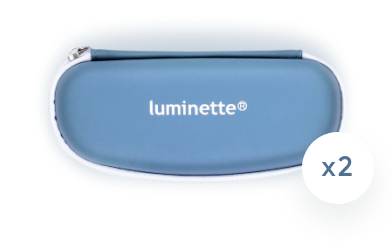
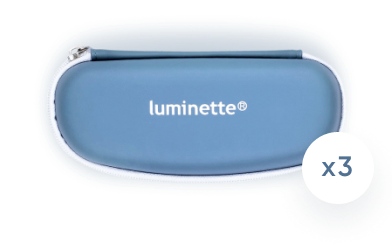
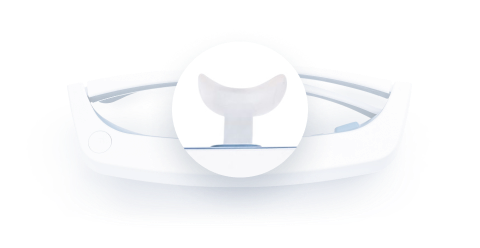
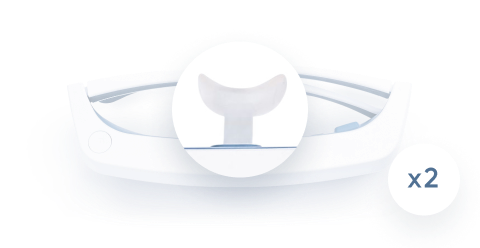
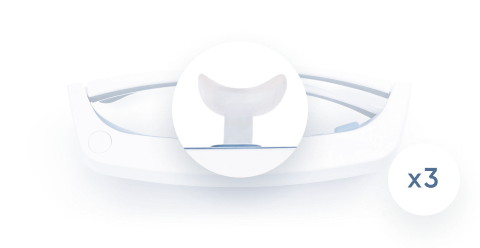
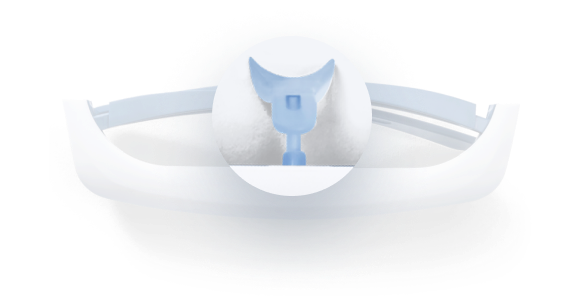
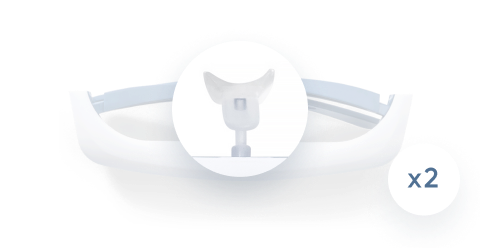
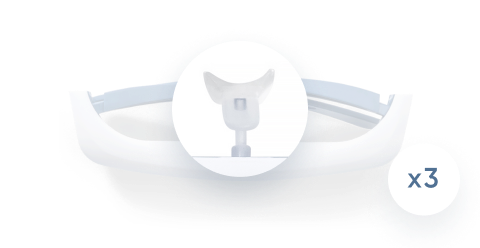
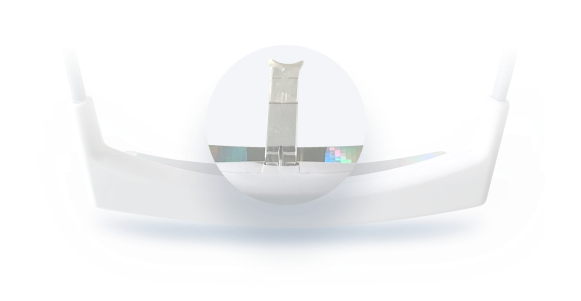
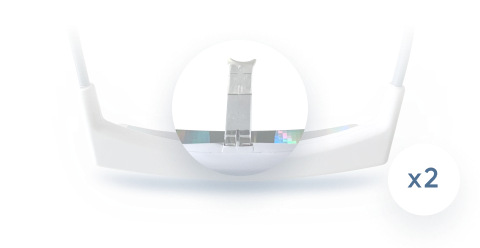
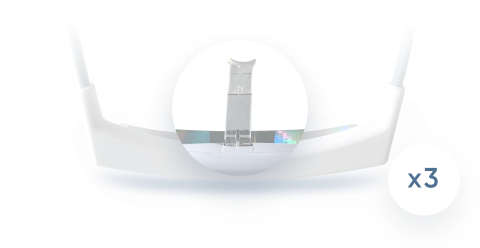
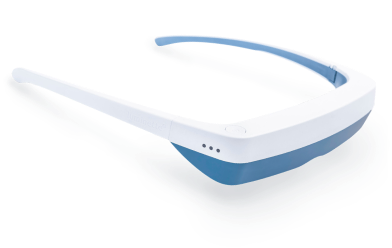
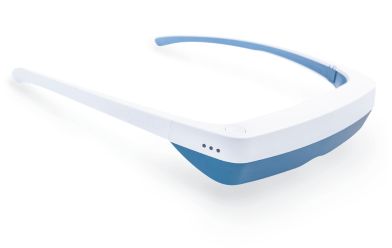
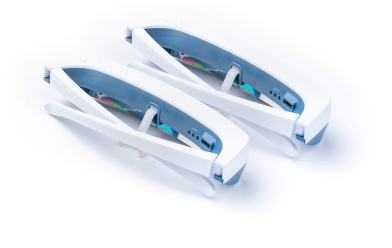
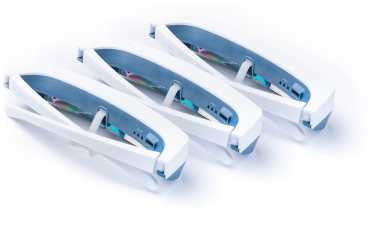

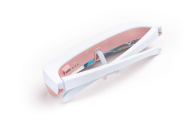
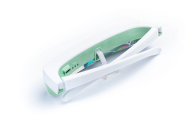
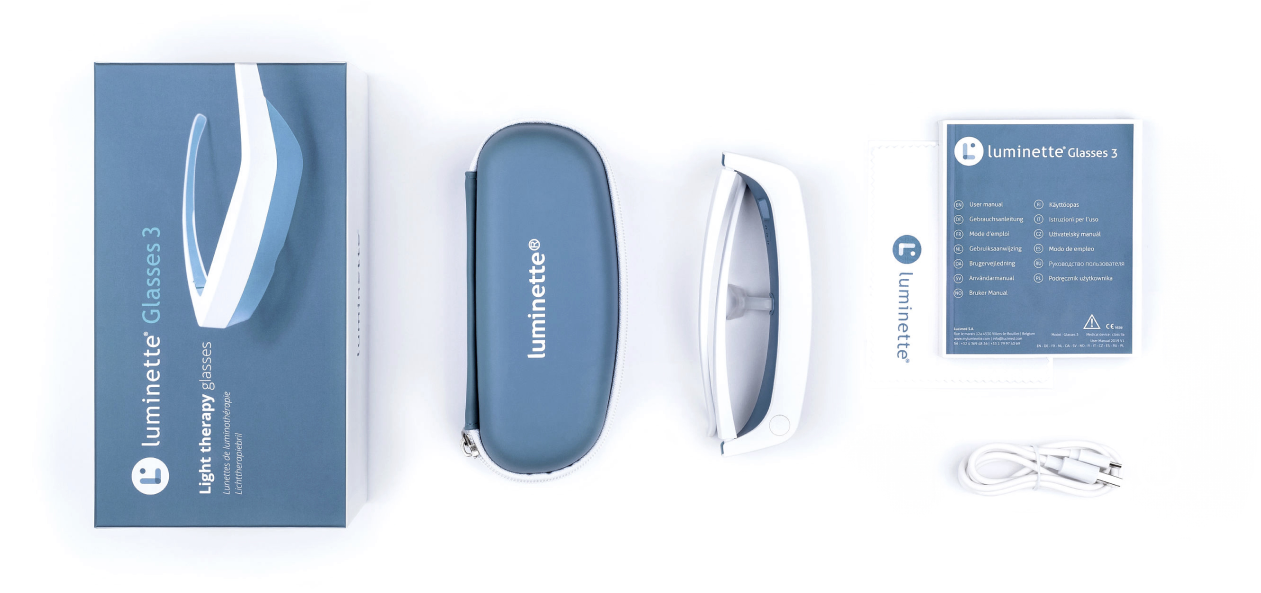
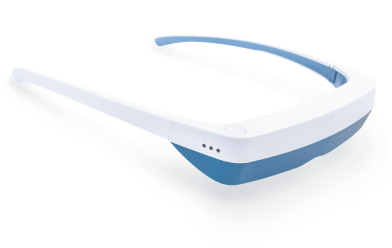
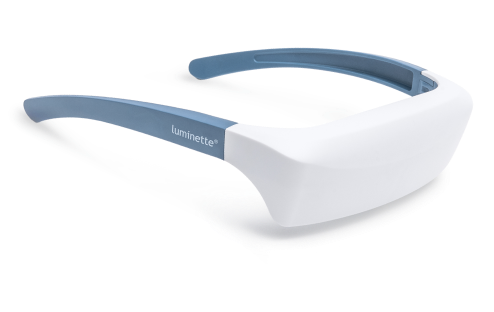
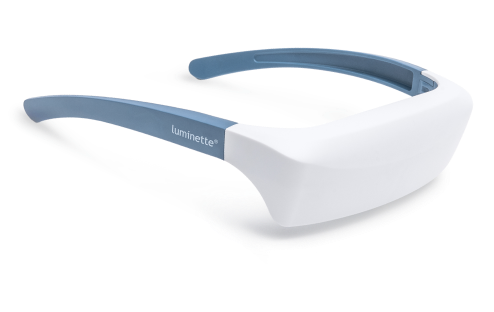
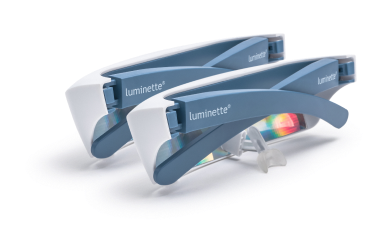
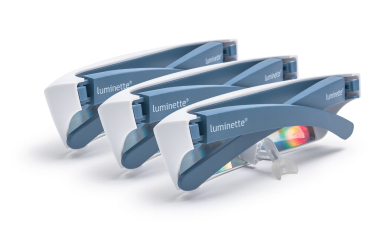
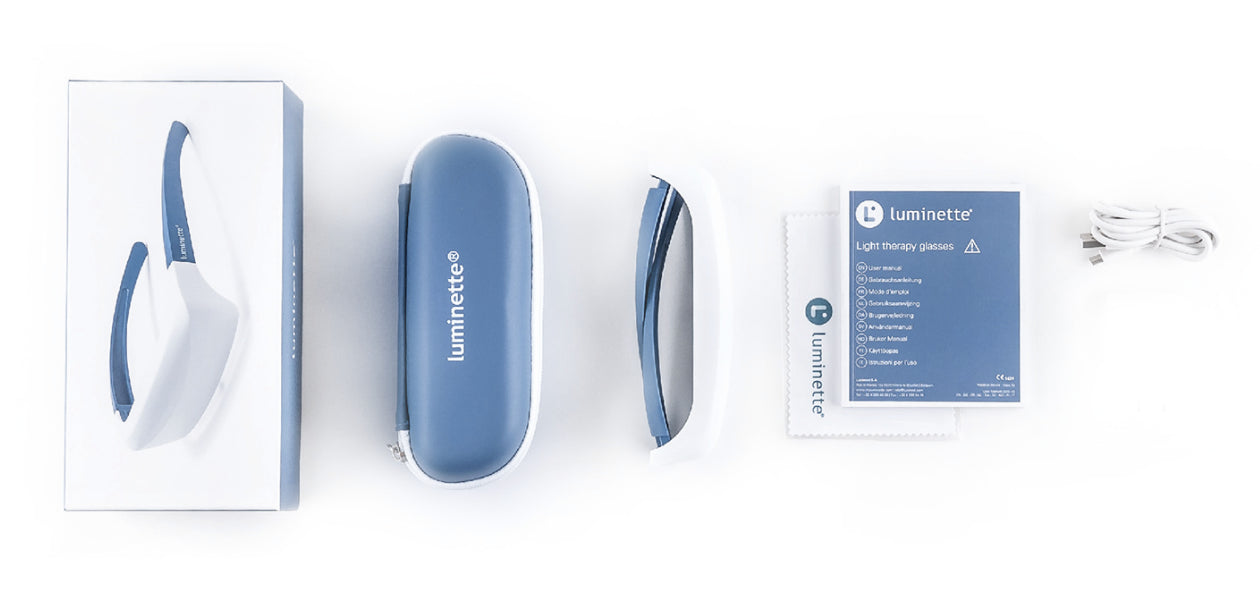
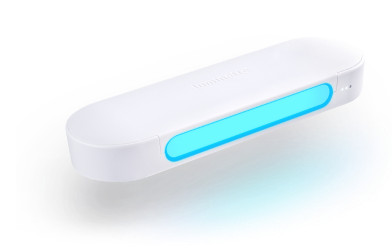
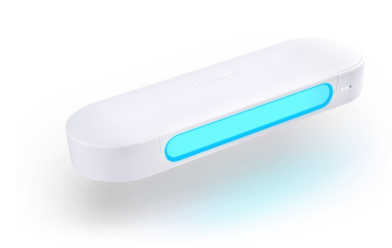
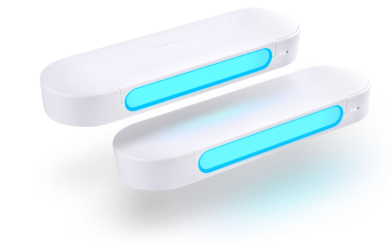
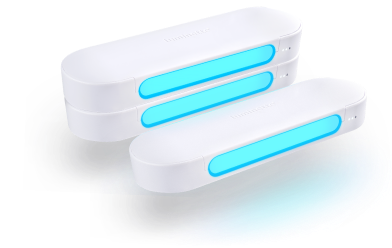
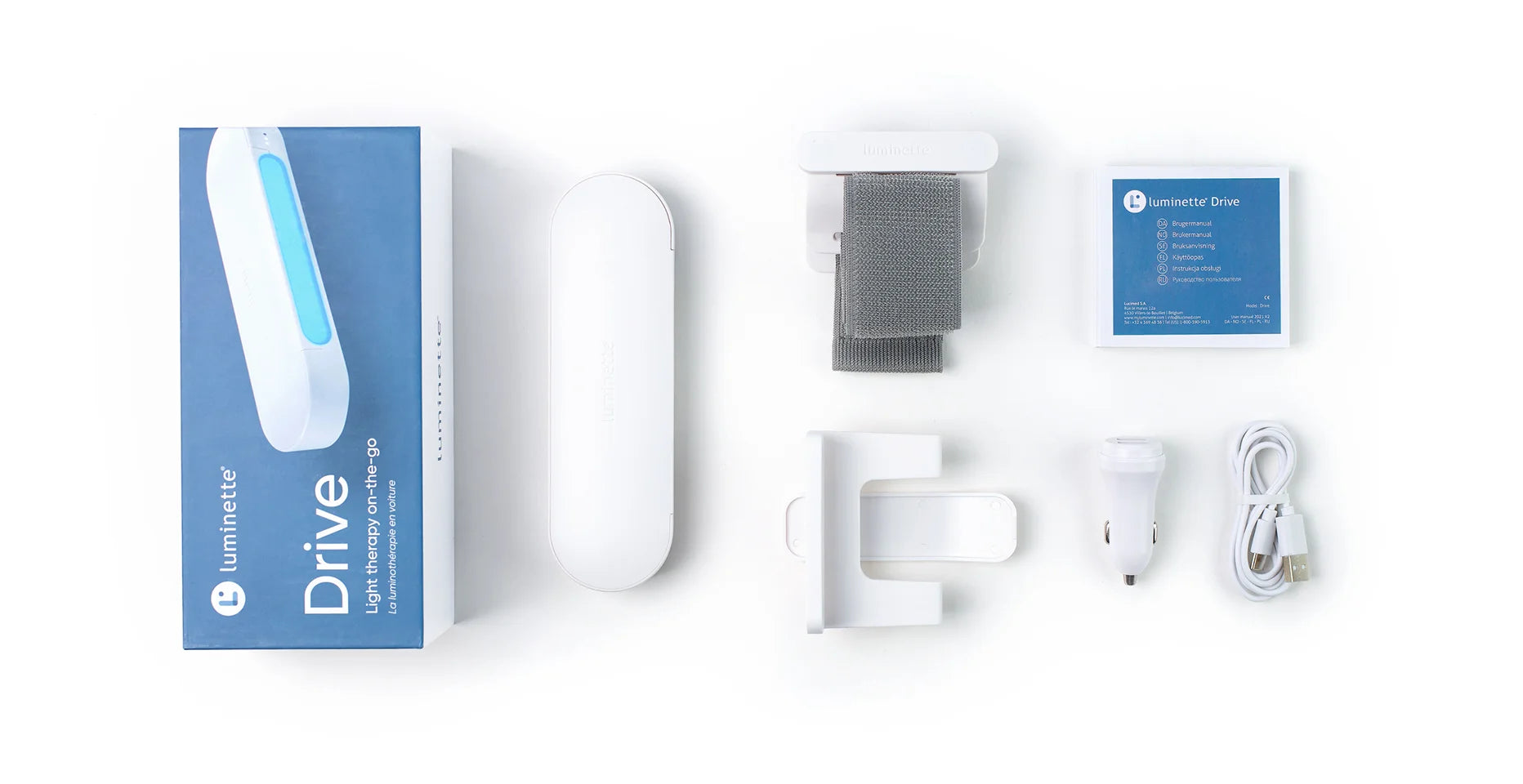

 Please note
Please note



